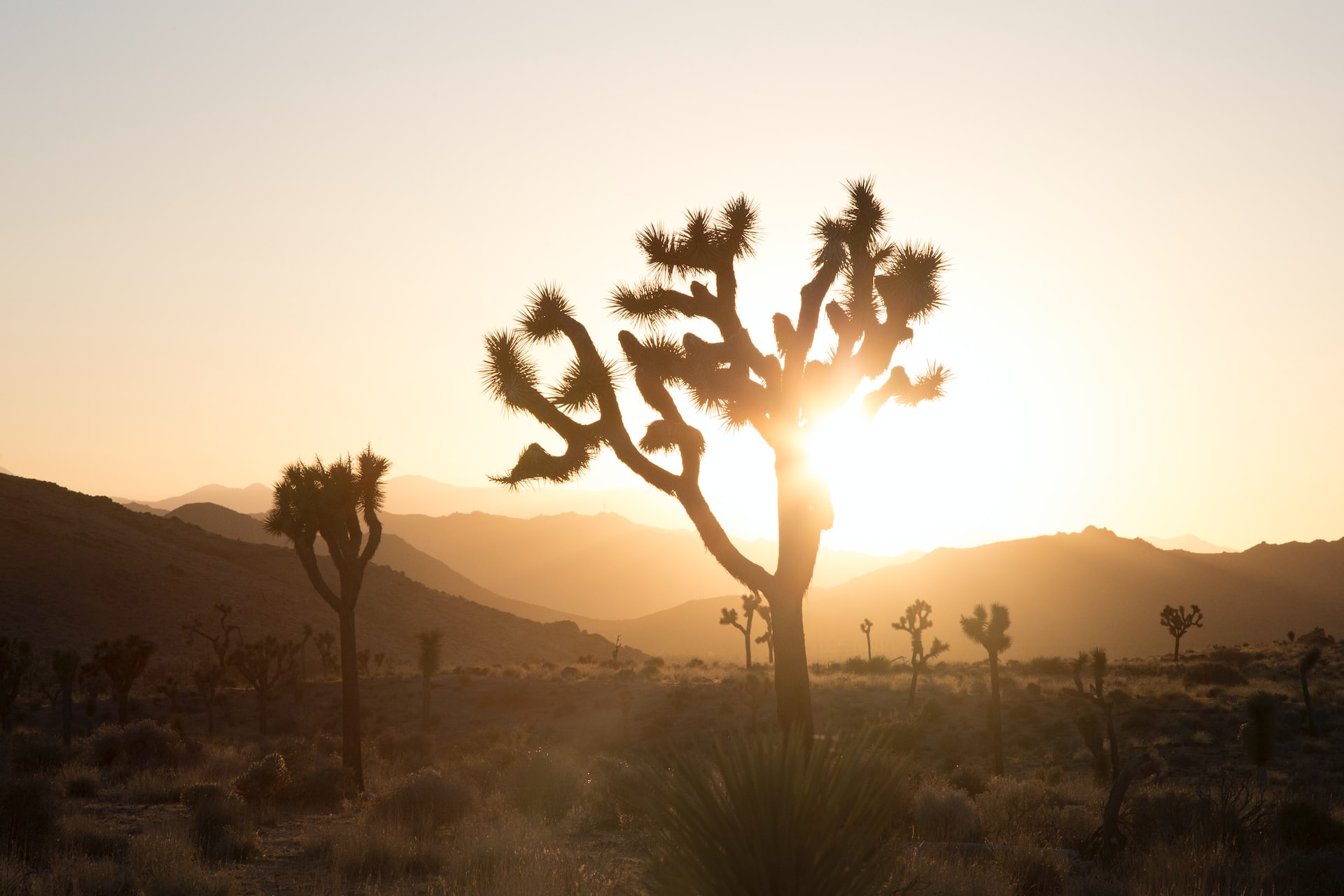A New York friend says
we have no real seasons in the Coachella Valley.
Untrue.
Come fall, the death of summer, and we feel like feathers.
Birds prance like runway models on the telephone wires,
leaves toss in the twilight wind.
Winter keeps us cool—
the last of the fall leaves look up from under the trees
as if on the verge of speech.
With Spring, freckles of peppery warmth,
a wonderment in the blood,
nerves purr, and the abyss holds off.
Then Summer—early mornings, the air still benign, bright,
even clarifying.
But by eleven, images begin to dissolve—
a dog crosses the street, a crow lands on the fence—
a succession of blurry moments,
mopped up, one by one, by the burgeoning heat.
Across the street, two doves park in a palm
above a pink couple from Minnesota
on their third poolside margarita,
committing slow suicide by sunburn.
To walk outside is to wobble between reverence, collapse,
and a kind of puzzlement: Can it really be this hot?
Why, for the love of God, are we living here?
We try not to think about it.
We try to regroup—
we swim, we air-condition,
we cocktail, we reconstitute,
but the vast, untractable heat has pinned us down,
songbirds shuttered, sidewalks barren, car-less streets.
A hummingbird hovers over the bougainvillea
as if to paraphrase the simmering silence.
At eleven, the shiny woman on Channel Seven proclaims,
Tomorrow’s expected high: One hundred-twelve,
and the expectation of blistering heat forms
into a noose around the neck of another day.
